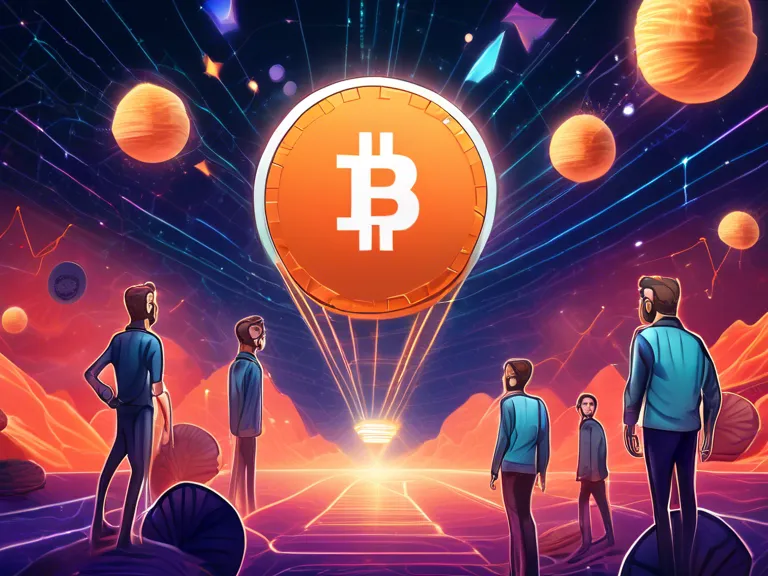
In recent years, Non-Fungible Tokens (NFTs) have taken the digital world by storm, revolutionizing the way we perceive and interact with digital collectibles. These unique digital assets, backed by blockchain technology, have opened up a world of possibilities for marketers looking to engage with their audience in new and innovative ways.
NFTs have become increasingly popular in the art world, with digital artists leveraging this technology to create and sell unique pieces of digital art. This new form of collectible has now expanded beyond the art world and into various industries, including marketing. Brands are starting to see the potential of NFTs in their marketing strategies, using them to engage with their audience, reward loyal customers, and create new revenue streams.
One of the key advantages of NFTs in marketing is their ability to create scarcity and exclusivity. By minting a limited number of NFTs, brands can create a sense of urgency and excitement around their digital collectibles, driving up demand among consumers. This scarcity factor can also increase the perceived value of the NFTs, making them more desirable to collectors.
NFTs also offer brands the opportunity to tap into the growing trend of virtual ownership. By purchasing an NFT, consumers are not just buying a digital collectible, but also acquiring ownership rights to that asset on the blockchain. This sense of ownership can foster a deeper connection between the brand and its customers, leading to increased loyalty and engagement.
As the interest in NFTs continues to grow, marketers need to start exploring how they can incorporate these digital collectibles into their marketing strategies. Whether it's launching limited-edition NFTs as part of a product launch, rewarding loyal customers with exclusive NFTs, or creating interactive experiences through gamified NFTs, brands have a wealth of opportunities to explore in this new digital landscape.
The future of digital collectibles in marketing strategies is bright, and NFTs are expected to play a significant role in shaping this new frontier. By embracing this technology and thinking creatively about how to leverage it, brands can create unique and engaging experiences for their audience, driving brand loyalty and revenue in the digital age.



